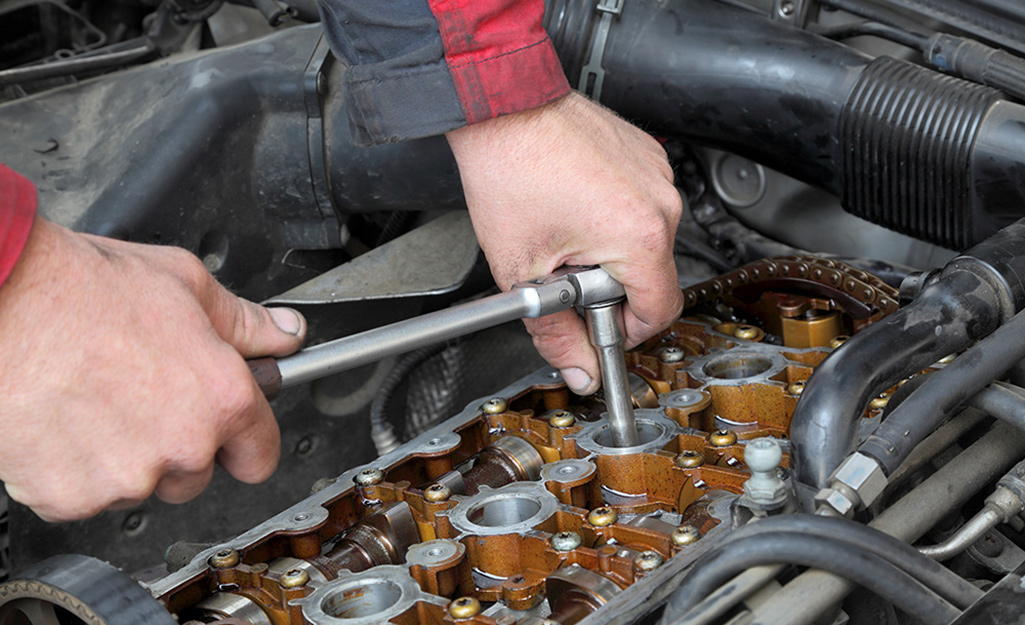Essential parts of the ignition system in your car, spark plugs light the air-fuel combination in the combustion chamber of the engine. Spark plugs wear out with time and need to be changed in order to keep the engine running at its best. Here, we’ll take you through the process of changing the spark plugs in your car, including detailed directions for a hassle-free do-it-yourself project.
When Spark Plugs Need to Be Replaced
Understanding the warning indicators that your spark plugs might need to be changed is crucial before starting the replacement process. Misfires, trouble starting, poor fuel economy, and rough idling are common signs. It’s probably time to change your spark plugs if you exhibit any of these symptoms.
Resources and Tools Needed
A few equipment and materials are required to change your spark plugs:
Jackhammer
Socket for spark plug
Gap for spark plugs instrument
Tool for torque
Glasses for safety
Accessories
Comprehensive Guide on Do-It-Yourself Spark Plug Replacement Preparation Procedures
Just park your car on a flat area and let the engine cool.
Disconnect the battery to avoid shocks by mistake.
Getting at the Spark Plugs
Track down the spark plugs. They usually are located close to the cylinder head of the engine.
Remove any parts—like engine covers or air intake systems—that are blocking the spark plugs’ access.
Old Spark Plug Removal
The old spark plugs can be unfastened and removed with a socket wrench and spark plug socket.
See whether the old spark plugs show any wear or damage.
Plugging in the New Spark Plugs
- To be sure the electrode gap is right for your car, use a spark plug gap tool.
Give the new spark plugs’ threads a dab of anti-seize lubrication.
Put the new spark plugs into the cylinder head carefully, then hand-tighten them.
For the manufacturer’s recommended tightening torque, use a torque wrench.
Putting Things Back Together
Everything that was taken out to get reach the spark plugs should be put back.
Kindly reconnect the battery.
To be sure everything is working properly, start the engine.
Health Advice
Wearing gloves and safety goggles will always shield your hands and eyes from toxins and debris.
To prevent burns or other harm, let the engine cool down before trying to change the spark plugs.
Features of Do-It-Yourself Spark Plug Replacement
Changing spark plugs by yourself has a number of advantages:
- Price effectiveness in relation to expert service.
Learning experience, getting information on the upkeep of your car.
Comfort of finishing the work at your own time and speed.
Guides
Spark plugs should be changed how often?
Depending on the manufacturer’s advice and driving circumstances, spark plugs usually need to be changed every 30,000 to 100,000 miles.
Can I just swap out one spark plug?
All spark plugs should be changed at the same time to guarantee steady engine performance.
Should I forget to change my spark plugs, what will happen?
Engine misfires, poor fuel economy, and possible damage to other engine parts can all result from neglecting to change out worn spark plugs.
Exist further spark plug types?
Indeed, different engine kinds and performance needs call for distinct kinds of spark plugs.
Old spark plugs can I use again?
Reusing worn-out or damaged spark plugs could jeopardise engine performance and dependability.
Conclusion
A simple upkeep chore, changing the spark plugs on your own can increase the fuel economy and performance of your car. You may properly change your spark plugs and profit from a smoothly operating engine by doing what this article instructs and by taking the required safety measures.

